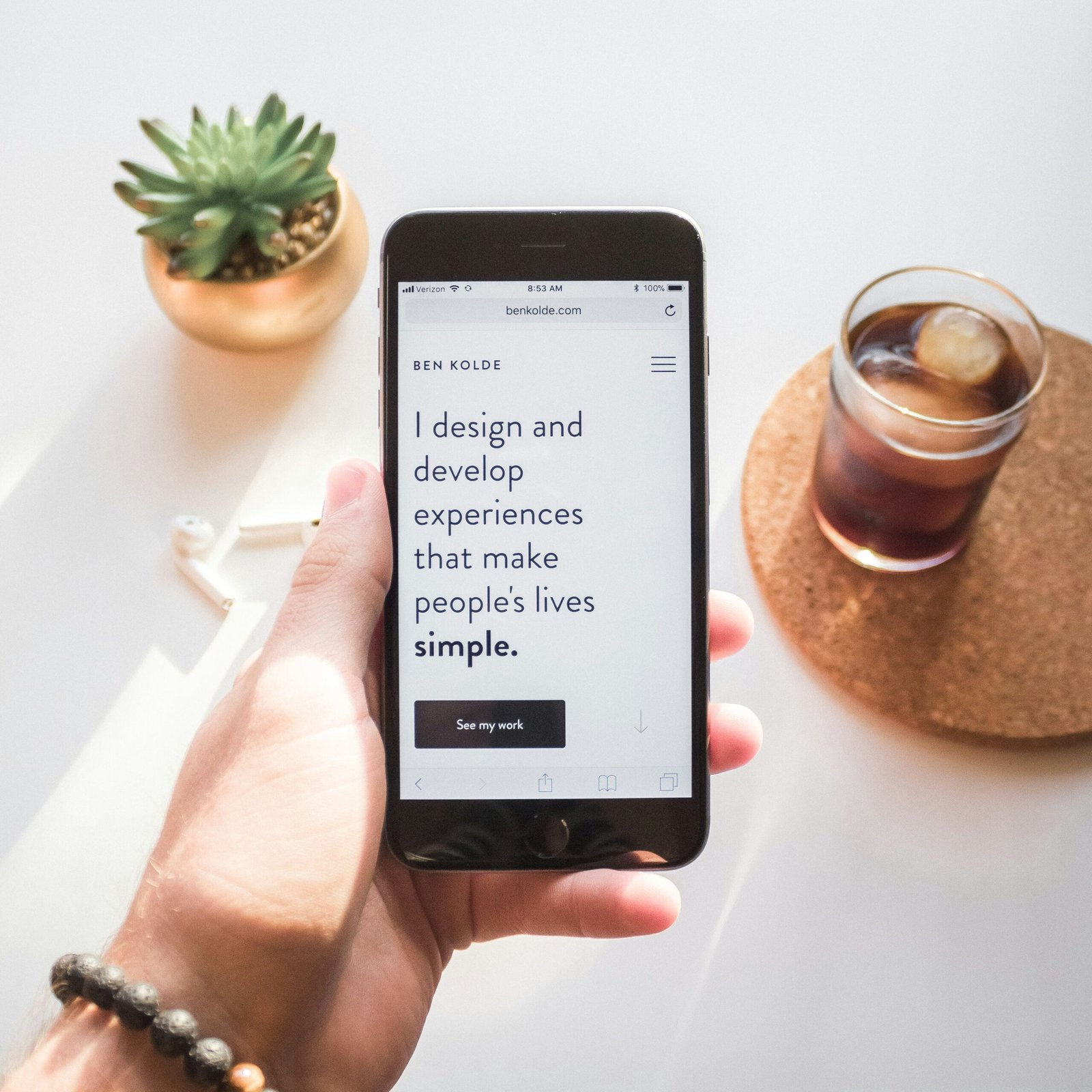Designing Websites and Apps for Emotion: The Power of Emotional Design
In the dynamic realm of web and app development, where progress is constant and rapid, creating a memorable and impactful user experience goes beyond aesthetics and functionality. Emotional design, a concept popularized by designer Don Norman, focuses on the emotional connection users form with a product. By incorporating elements that resonate with users personally, designers can elevate their creations to more than just tools; they become experiences that leave a lasting impression.
Understanding Emotional Design:
Emotional design is not about manipulating emotions but rather about creating interfaces that naturally evoke positive feelings and engage users on a deeper level. It involves three key groups:
- Visceral Design: This is users’ immediate, automatic reaction when they first encounter a website or app. Visuals, colors, and overall aesthetics trigger the gut feeling. A clean and visually appealing design can create a positive first impression.
- Behavioral Design: This level involves the usability and functionality of a product. How easily can users navigate through the app or website? Does the design encourage a smooth and intuitive interaction? A well-thought-out user flow can lead to a positive behavioral response.
- Reflective Design: The reflective level deals with a product’s emotional impact on users after the interaction. Users reflect on their experience, shaping their overall perception of the product. It’s about creating a lasting positive memory.
The Role of Color and Typography:
Colors evoke specific emotions and can significantly influence a user’s perception. For example, warm colors like red and orange can create a sense of urgency or excitement, while cool colors like blue and green evoke calmness and trust. Choosing a color palette that aligns with the emotional tone of the product is crucial.
Typography also plays a vital role in emotional design. The choice of fonts can convey a brand’s personality – whether modern, sleek, traditional, or trustworthy. Consistency in typography across the platform helps establish a cohesive and emotionally resonant design.
Personalization for Emotional Connection:
Personalized experiences make users feel seen and understood. By leveraging user data, designers can create interfaces that adapt to individual preferences, enhancing the overall emotional connection. Tailored recommendations, personalized greetings, and user-specific content develop a sense of belonging and familiarity.
Storytelling through Design:
Incorporating storytelling elements into design can evoke powerful emotions. Whether through illustrations, animations, or narrative-driven content, telling a story connects the user and the product. This connection goes beyond a transactional relationship, fostering a sense of empathy and understanding.
Testing and Iteration:
Emotional design is not a one-size-fits-all approach. It requires constant testing and iteration based on user feedback. Conducting usability tests, gathering user insights, and analyzing user behavior provide valuable data for refining and enhancing the emotional design aspects of a website or app.
Conclusion:
In the competitive world of digital products, creating an emotional connection with users is a key differentiator. Emotional design is a holistic approach that considers the visceral, behavioral, and reflective aspects of user experience. By carefully crafting interfaces that resonate with users on an emotional level, designers have the power to create not just functional tools but memorable and meaningful experiences. As technology advances, the importance of emotional design will only grow, shaping how we interact with and feel about the digital world around us.
Examples of Emotional Design in Action:
1. Spotify’s Discover Weekly:
Spotify‘s Discover Weekly is a prime example of how personalized recommendations create an emotional connection. By analyzing user listening habits, Spotify curates a unique playlist every week. This enhances user engagement and fosters a sense of musical discovery tailored to individual preferences.
2. Headspace’s Calming Visuals:
The meditation app Headspace employs calming visuals, such as serene landscapes and soothing color palettes, to create a tranquil user experience. This intentional use of aesthetics contributes to a visceral response, immediately putting users in a relaxed state of mind.
3. Duolingo’s Gamification:
Language learning app Duolingo incorporates gamification elements, turning acquiring a new language into an engaging and rewarding experience. Users earn points, unlock achievements, and compete with friends, tapping into the behavioral aspect of emotional design to keep them motivated.
4. Calm App’s Guided Narratives:
The Calm app seamlessly integrates storytelling into its design, offering guided narratives for meditation sessions. This reflective design element contributes to a positive and memorable user experience, giving users a sense of serenity and fulfillment.
5. Airbnb’s Inclusive Imagery:
Airbnb consciously uses diverse and inclusive imagery in its design to evoke a sense of belonging. By showcasing a variety of cultures and lifestyles, the platform communicates openness and acceptance, contributing to a positive, reflective response from users.
6. Nike Training Club’s Dynamic Feedback:
Nike Training Club provides real-time feedback during workouts, creating a dynamic and responsive user interface. The immediate response to users’ actions enhances the behavioral aspect of emotional design, making the app feel intuitive and supportive.
7. Google Calendar’s Animation:
Google Calendar uses subtle animations and visual cues to enhance the user experience. For instance, when creating an event, the time slots dynamically adjust, providing a satisfying and visually pleasing interaction that contributes to a positive visceral response.
These examples showcase how emotional design principles can be applied across various platforms, catering to user needs and preferences. By studying and learning from these successful implementations, designers can gather insights for infusing emotion into their projects, creating experiences that resonate with users on a profound level.









